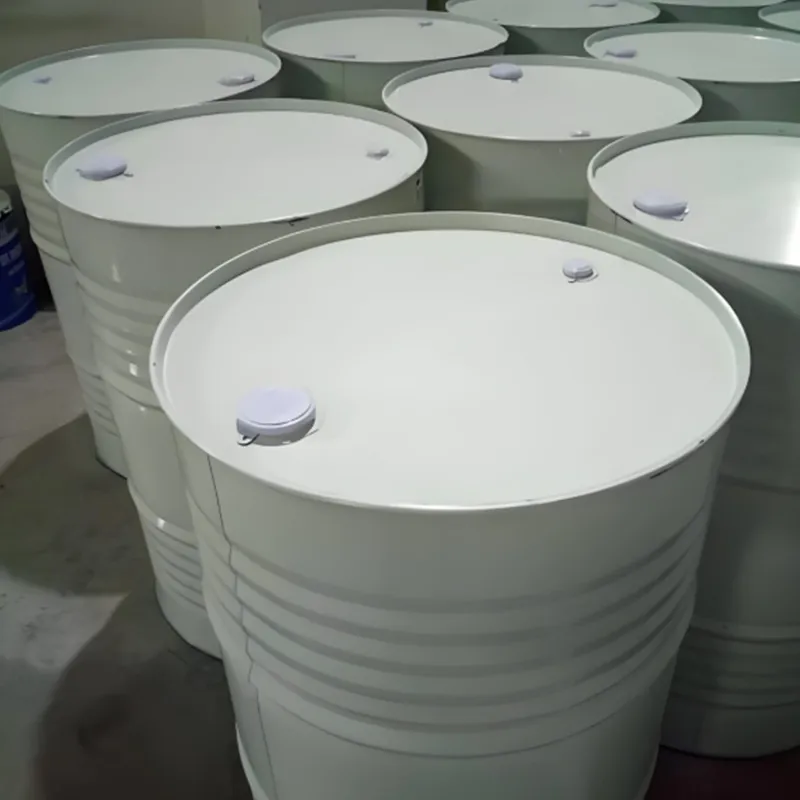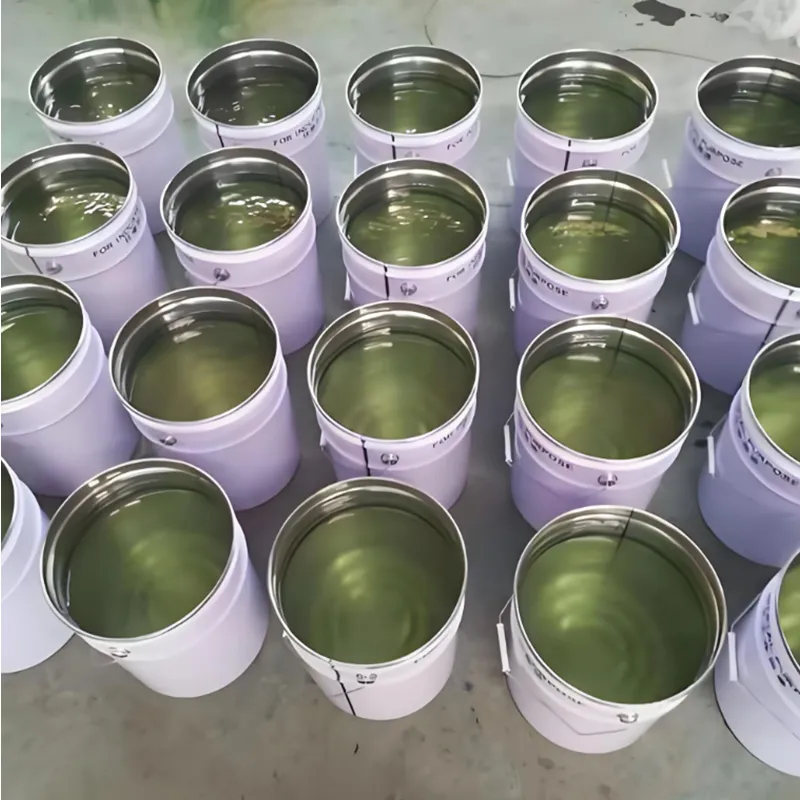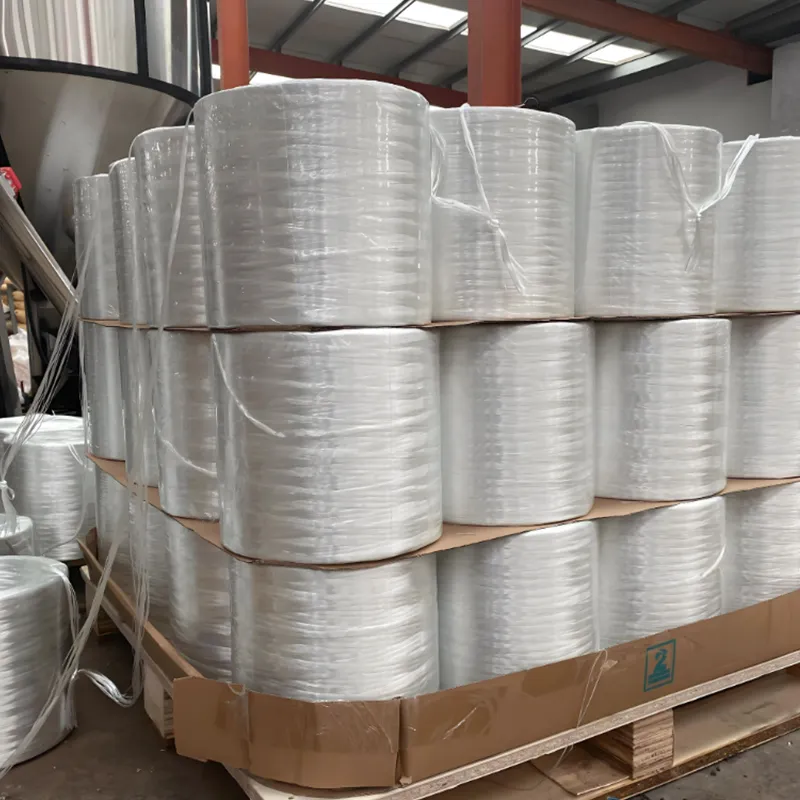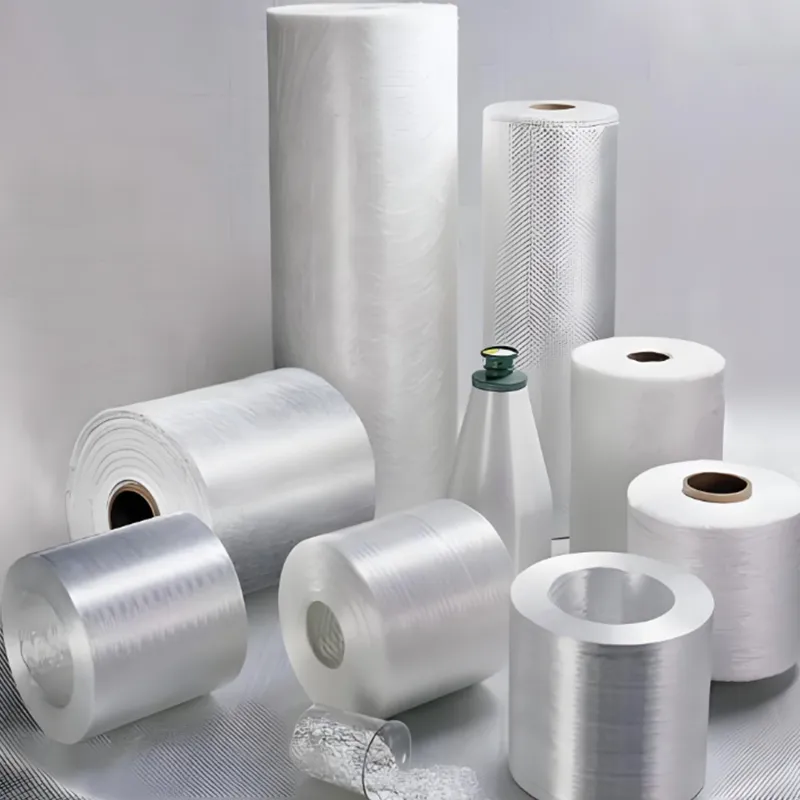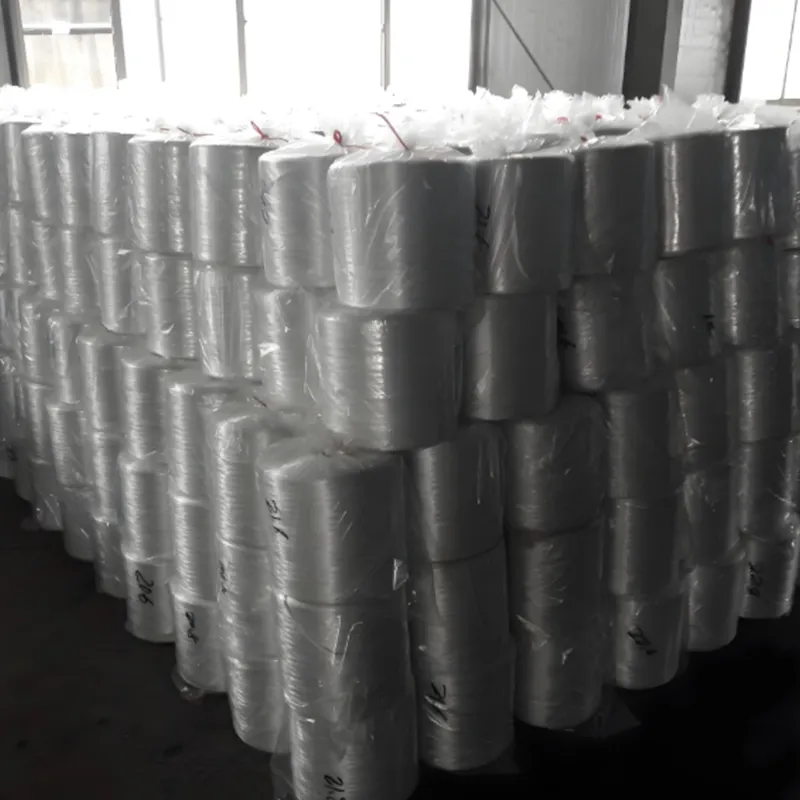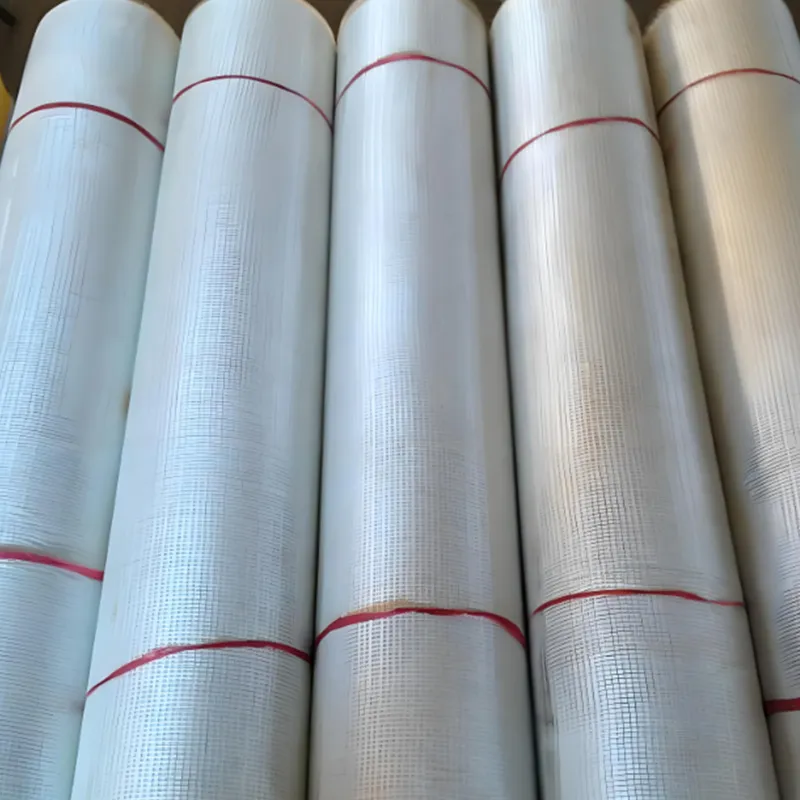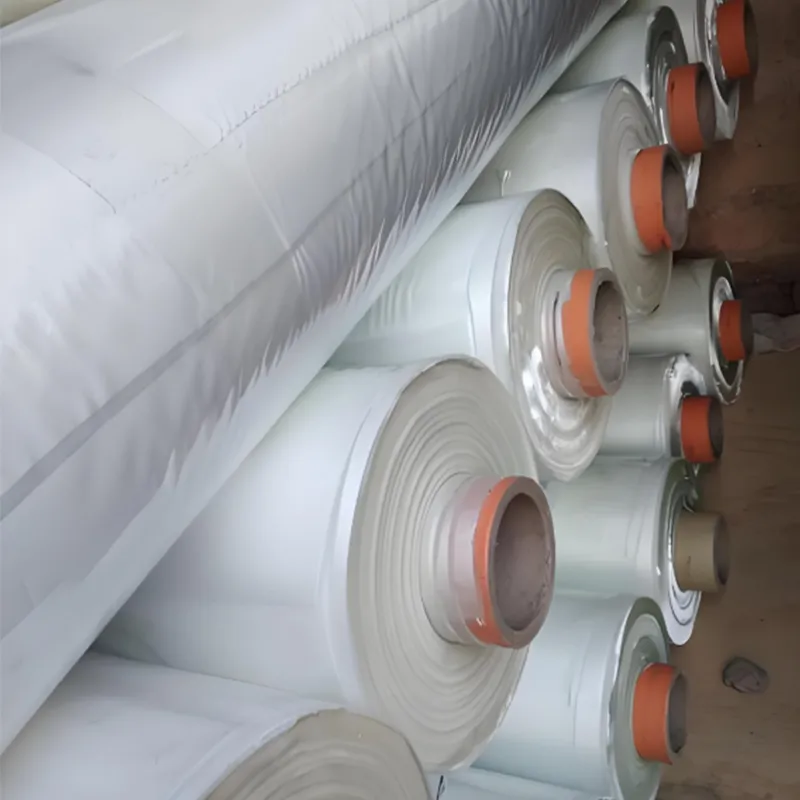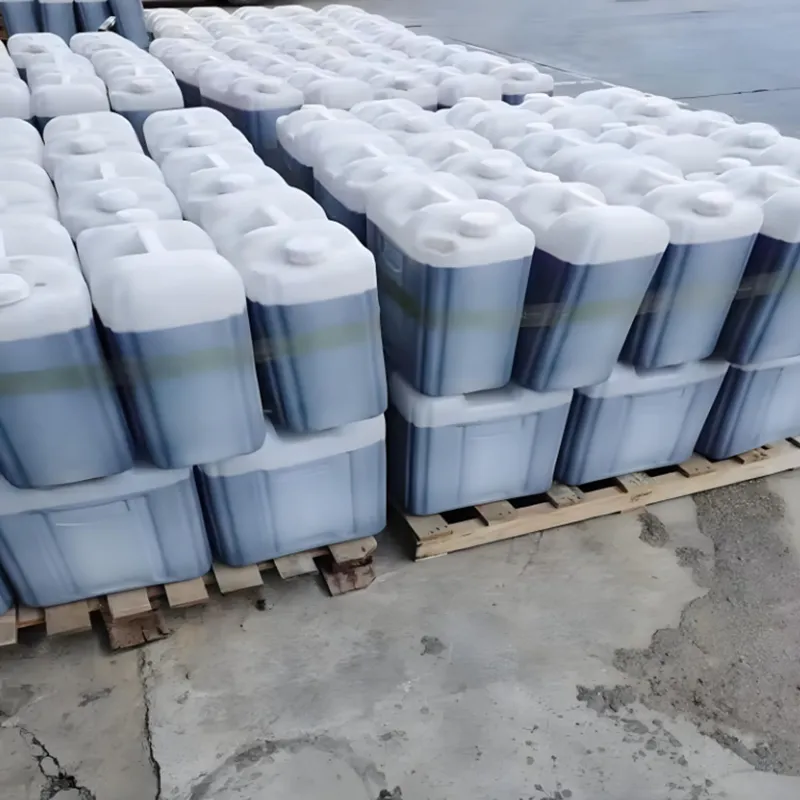

We Are Open 24 Hours a Day, 7 Days a Week, Including Weekends and Public Holidays.
1.Classification of Key Raw Materials
(1) Reinforcement Materials (Fibers)
|
Type |
Characteristics |
Typical Applications |
|
Fiberglass |
Low cost, high strength, corrosion-resistant |
Boats, pipes, storage tanks |
|
Carbon Fiber |
Ultra-high strength, lightweight (5x stronger than steel) |
Aerospace, high-end automotive, sports equipment |
|
Aramid Fiber |
Impact-resistant, high-temperature resistant (300°C+) |
Bulletproof armor, racing components |
|
Basalt Fiber |
Heat-resistant, eco-friendly (made from natural rock) |
Fireproof materials, construction reinforcement |
(2) Matrix Materials (Resins)
|
Type |
Characteristics |
Suitable Processes |
|
Unsaturated Polyester Resin (UPR) |
Low cost, fast curing, chemical-resistant |
Hand lay-up, spray-up, pultrusion |
|
Epoxy Resin (EP) |
High strength, excellent adhesion, moisture-resistant |
Aerospace, precision molds |
|
Vinyl Ester Resin (VER) |
Resistant to strong acids/alkalis, anti-aging |
Chemical tanks, scrubbers |
|
Polyurethane Resin (PUR) |
High toughness, impact-resistant, good low-temperature performance |
Automotive bumpers, wind turbine blades |
(3) Auxiliary Materials
Curing Agents: MEKP (Methyl Ethyl Ketone Peroxide), BPO (Benzoyl Peroxide)
Accelerators: Cobalt salts (e.g., Cobalt Octoate), amines (e.g., DMA)
Fillers: Aluminum hydroxide (flame retardant), calcium carbonate (cost reduction), silica powder (wear resistance)
Release Agents: Wax-based, semi-permanent (e.g., fluoropolymer)
2. Key Performance Parameters
|
Parametro |
Typical Range |
Test Standard |
|
Tensile Strength |
100-500 MPa (fiberglass-reinforced) |
ASTM D638 |
|
Flexural Strength |
150-600 MPa |
ASTM D790 |
|
Barcol Hardness |
40-60 |
ISO 2039-1 |
|
Heat Deflection Temp. (HDT) |
60-250°C (resin-dependent) |
ASTM D648 |
|
Oxygen Index (Flame Retardancy) |
20-55 (≥28 = flame-retardant) |
ASTM D2863 |
3. Material Selection Guide
(1) By Application
Corrosion Resistance (chemical/marine): Vinyl ester resin + fiberglass (surface mat + chopped strand mat)
High Strength & Lightweight (automotive/drones): Epoxy resin + carbon fiber (woven fabric)
Low-Cost Structural Parts (water tanks/pipes): Unsaturated polyester resin + fiberglass woven roving
(2) By Manufacturing Process
|
Processo |
Recommended Resin |
Recommended Reinforcement |
|
Hand Lay-up/Spray-up |
Unsaturated polyester |
Chopped strand mat, woven fabric |
|
Pultrusion |
Vinyl ester/epoxy resin |
Roving, continuous mat |
|
Vacuum Infusion |
Epoxy/vinyl ester resin |
Multiaxial fabric |
4. Storage & Handling Guidelines
Resins: Store in dark, cool conditions (<25°C); keep curing agents and accelerators separate
Fiberglass: Keep dry (humidity ≤60%), avoid fiber breakage
Curing System:
Cold Weather: Use low-temperature curing agents (e.g., acetyl acetone peroxide)
Hot Weather: Reduce accelerator dosage to prevent rapid curing
5. Troubleshooting Common Issues
|
Issue |
Possible Cause |
Solution |
|
Incomplete Curing |
Insufficient curing agent/low temperature |
Increase curing agent or heat environment |
|
Excessive Bubbles |
Poor vacuum/resin viscosity too high |
Increase vacuum pressure or add thinner |
|
Delamination |
Poor fiber wet-out |
Use low-viscosity resin or increase pressure |
Supplier Services:
Custom Formulations: Adjust resin systems for corrosion resistance, flame retardancy, UV resistance, etc.
Technical Support: Process optimization (gel time, exotherm control)
Free Samples: Test resin + fiber combinations
Packaging Specifications:
Resins: 20kg/drum (standard), 200kg/IBC tank
Fiberglass: 50-100kg/roll (fabric), 10-20kg/bag (chopped strand mat)
Cosa dicono di noi i nostri clienti







Indirizzo
20 Xingyuan South Street, contea di Zaoqiang, città di Hengshui, provincia di Hebei, Cina








